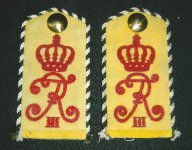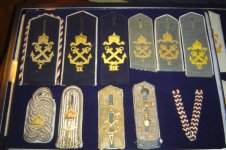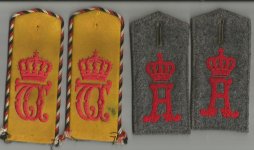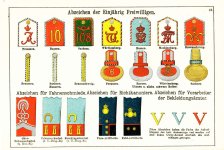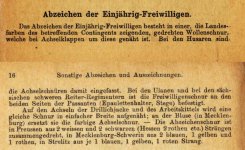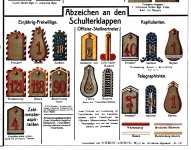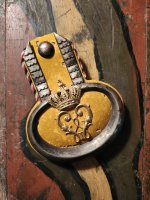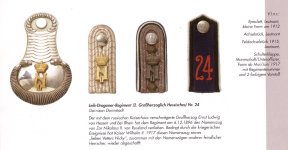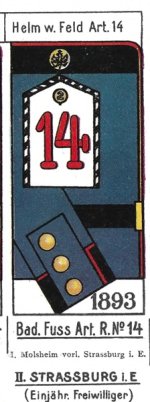John Josef
Well-known member
Hi everyone,
I'm drawing a blank can anyone answer a quick question about Einjährig-Freiwilliger (One year volunteer) boards.
Is the piping on their boards only twisted black and white or can it also be black, white and red. Thanks John Josef
I'm drawing a blank can anyone answer a quick question about Einjährig-Freiwilliger (One year volunteer) boards.
Is the piping on their boards only twisted black and white or can it also be black, white and red. Thanks John Josef

